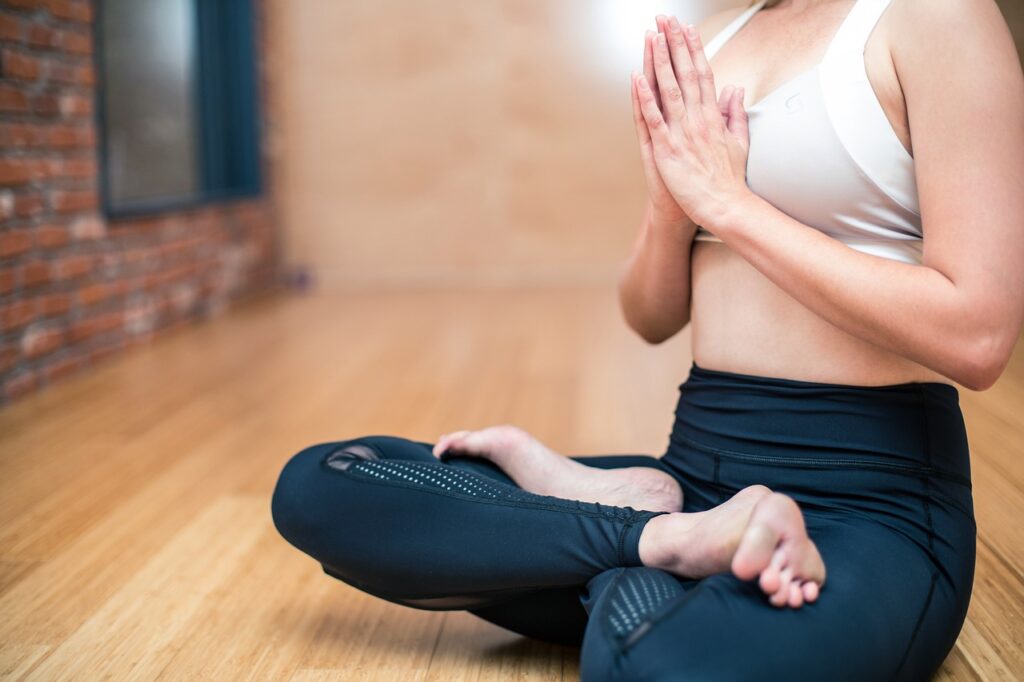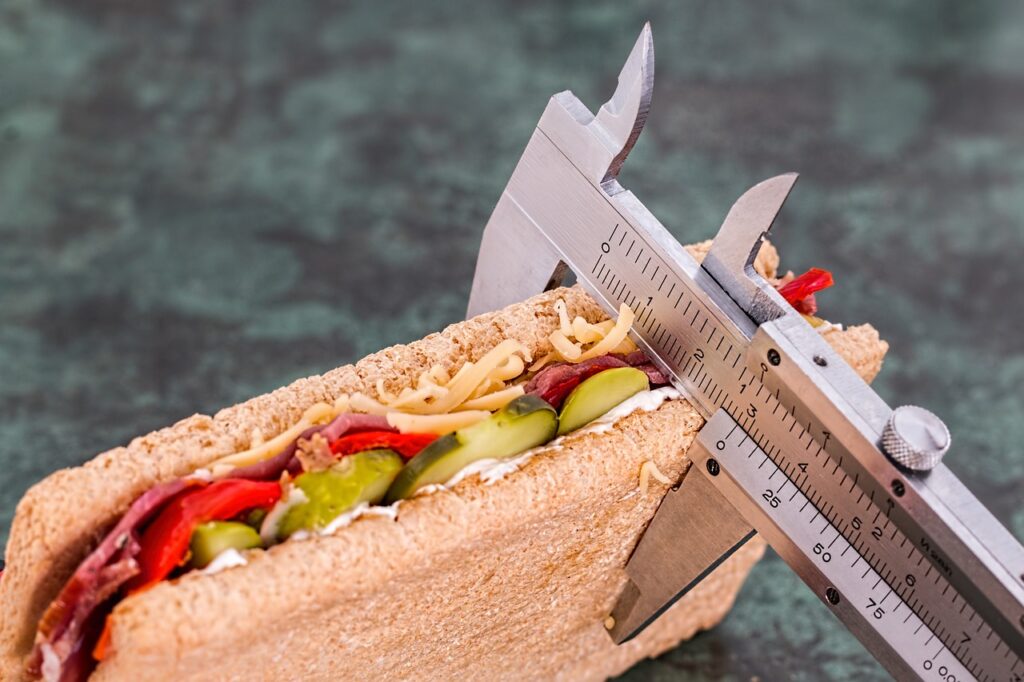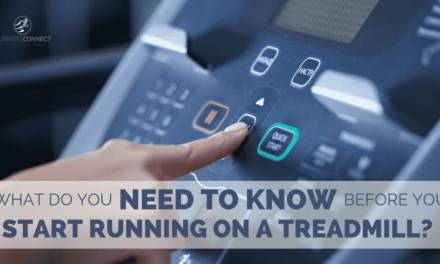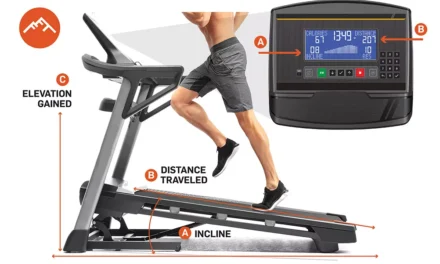If you’ve ever wondered how the size of a treadmill’s belt can affect your workout, you’re not alone. At Fit Gear Gurus, we understand the importance of having the right equipment to optimize your fitness routine. So, let’s take a closer look at how the size of the treadmill’s belt can impact your workout and why it’s essential to consider this factor when choosing the perfect treadmill for your home gym. Whether you’re a seasoned athlete or just starting your fitness journey, understanding the impact of the belt size can help you make an informed decision and take your workouts to the next level.
1. Belt Width
1.1 Importance of Belt Width
When it comes to choosing a treadmill, one of the most crucial factors to consider is the width of the belt. The belt width plays a significant role in the overall workout experience. A wider belt offers several advantages over a narrower one, providing you with a more comfortable and stable running surface.
1.2 Impact on Stride
The width of the treadmill belt directly affects your stride. A wider belt allows for a more natural stride, giving you the freedom to move your arms and legs without feeling restricted. It prevents you from feeling cramped and allows you to maintain proper running form, leading to better running efficiency and reduced risk of injury.
1.3 Comfort and Stability
A wider belt also offers enhanced comfort during your workout sessions. With more space to move, you’ll be less likely to accidentally step off the side of the belt, reducing the risk of tripping or falling. Moreover, a wider belt provides better stability, allowing you to focus on your workout without worrying about maintaining balance.
2. Belt Length
2.1 Impact on Running Speed
The length of the treadmill belt is another crucial aspect that can significantly impact your running experience. A longer belt allows for faster running speeds, as you will have more space to pick up your pace without worrying about reaching the end of the belt. This is particularly important for users who prefer high-intensity interval training or sprint workouts.
2.2 Safety Considerations
While a longer belt offers benefits in terms of running speed, it’s important to consider safety as well. If the length of the belt is too long for your stride, it can increase the risk of accidents or injury. It’s essential to choose a belt length that is suitable for your height and running style to ensure optimal safety during your workout sessions.
2.3 Walking and Running Options
The length of the belt also determines whether the treadmill is suitable for walking or running. A shorter belt may be sufficient for walking exercises, while a longer belt is generally preferable for running or jogging. If you plan to engage in both walking and running workouts, it’s recommended to choose a treadmill with a belt length that accommodates both activities comfortably.

This image is property of pixabay.com.
3. Belt Material
3.1 Durability and Longevity
The material of the treadmill belt is a crucial factor to consider when making a purchase. A high-quality and durable belt material ensures the longevity of your treadmill. Opt for belts made from durable materials such as nylon or polyester, which can withstand regular wear and tear. Investing in a treadmill with a durable belt material will save you from the hassle of frequent belt replacements.
3.2 Cushioning and Impact Absorption
The choice of belt material can also impact the level of cushioning and impact absorption during your workouts. Some treadmill belts are specifically designed with cushioning features to provide a more comfortable running surface. These belts help reduce the impact on your joints, resulting in a lower risk of injuries, especially for individuals with joint issues or those recovering from injuries.
3.3 Noise Reduction
Another advantage of selecting the right belt material is the potential for noise reduction. Cheaper treadmill belts often produce more noise during operation, which can be bothersome, especially if you live in close quarters with neighbors. Opting for high-quality belt materials can significantly reduce the noise produced while running, ensuring a quieter and more peaceful workout experience.
4. Belt Tension
4.1 Impact on Running Efficiency
Proper belt tension is essential for maintaining optimal running efficiency. If the belt is too loose, it can cause slippage, making it difficult to maintain a consistent pace. On the other hand, if the belt is overly tight, it can create excessive friction, leading to belt wear and motor strain. Finding the right balance of belt tension ensures smooth running and efficient energy transfer.
4.2 Belt Slippage Prevention
Adjusting the belt tension correctly plays a crucial role in preventing belt slippage. Belt slippage occurs when the belt moves faster than your feet, causing an unsettling feeling and disrupting your running rhythm. By ensuring the belt tension is properly adjusted, you can prevent slippage issues, allowing for a more enjoyable and effective workout session.
4.3 Maintenance Requirements
Maintaining the proper belt tension also helps prolong the lifespan of your treadmill. Regularly checking and adjusting the tension as needed can prevent unnecessary strain on the motor and other treadmill components. It’s recommended to refer to the manufacturer’s guidelines for specific instructions on belt tension adjustments and maintenance requirements.

This image is property of pixabay.com.
5. Belt Tracking
5.1 Proper Alignment Importance
Belt tracking refers to the alignment of the treadmill belt with the front and rear rollers. It is vital to ensure proper belt tracking for optimal performance and safety during your workouts. When the belt is correctly aligned, it will run smoothly and prevent any potential issues such as uneven wear, fraying, or increased tension on one side.
5.2 Impact on Joint Stress
Correct belt tracking also plays a significant role in reducing stress on your joints. An improperly aligned belt can cause unnecessary strain on your ankles, knees, and hips. By ensuring the belt is tracking evenly, you can minimize joint stress and discomfort, allowing for a more comfortable and enjoyable workout experience.
5.3 Decreased Risk of Injuries
Proper belt tracking not only improves the longevity of the treadmill but also reduces the risk of injuries. An aligned belt significantly decreases the chances of tripping, falling, or experiencing sudden stops while in the middle of a workout. By regularly monitoring and adjusting the belt tracking, you can create a safer workout environment for yourself.
6. Belt Maintenance
6.1 Cleaning and Lubrication
Regular maintenance is crucial for keeping your treadmill belt in optimal condition. Cleaning the belt regularly eliminates dust, sweat, and other debris that may accumulate over time. Additionally, lubricating the belt as recommended by the manufacturer helps reduce friction, ensuring a smooth and quiet running experience.
6.2 Belt Replacement
Over time, treadmill belts may wear out and require replacement. The frequency of belt replacement depends on various factors such as usage, maintenance, and belt quality. It’s important to monitor the condition of the belt regularly, checking for signs of excessive wear, fraying, or cracks. Timely replacement of the belt is essential to maintain the safety and performance of your treadmill.
6.3 Regular Inspection
Apart from cleaning and lubrication, regular inspection of the treadmill belt is necessary to identify any potential issues. Inspecting for loose bolts, damaged rollers, or any other signs of wear and tear allows you to address these problems promptly. By staying proactive with your belt maintenance, you can ensure the longevity and proper functioning of your treadmill.

This image is property of pixabay.com.
7. Belt Cost
7.1 Impact on Budget Constraints
The cost of a treadmill belt can vary significantly depending on factors such as brand, quality, and features. When selecting a treadmill, it’s essential to consider your budget constraints and find a belt within that range. While it’s tempting to opt for a cheaper belt to save money, it’s important to balance cost with quality to ensure durability and long-term value.
7.2 Balance Between Quality and Price
It’s crucial to strike the right balance between the quality and price of a treadmill belt. Investing in a high-quality belt may require a higher upfront cost, but it can save you money in the long run as it will last longer, reducing the need for frequent replacements. Consider the reputation of the brand, customer reviews, and durability when evaluating the price of a treadmill belt.
7.3 Long-term Investment
Viewing the purchase of a treadmill belt as a long-term investment is an essential perspective to adopt. By choosing a durable and high-quality belt, you can ensure that your investment will provide you with years of reliable performance. Comparing the cost of potential replacements and repairs to the initial investment can help you make a more informed decision.
8. Belt Brand and Model
8.1 Reputation and Reliability
When selecting a treadmill belt, it’s important to consider the reputation and reliability of the brand and model. Look for brands that are known for producing high-quality fitness equipment and have a positive track record in the industry. Reliable brands often prioritize durability, safety, and customer satisfaction, which are essential factors when it comes to treadmill belts.
8.2 User Reviews and Feedback
User reviews and feedback can provide valuable insights into the performance, durability, and overall user experience of a specific treadmill belt. Take the time to read customer reviews and testimonials to gather information about the belt’s strengths and weaknesses. By learning from the experiences of other users, you can make a more informed decision when purchasing a treadmill belt.
8.3 Warranty and Support
Checking the warranty and support offered by the brand is another crucial consideration while selecting a treadmill belt. A comprehensive warranty ensures that you can address any potential issues or defects without incurring additional expenses. Additionally, reputable brands often offer excellent customer support, providing assistance and guidance throughout the lifespan of the treadmill belt.
9. Belt Customization Features
9.1 Incline and Decline Options
Some treadmill belts offer customization features that allow you to adjust the incline and decline of the running surface. Incline training helps simulate outdoor running conditions, providing a more challenging workout. On the other hand, decline options allow for downhill running, strengthening different muscles and adding variety to your workout routine. Consider these features if you want to enhance the intensity and variety of your treadmill workouts.
9.2 Speed Adjustments
The ability to adjust the speed of the treadmill belt is another customization feature that can greatly enhance your workout experience. It allows you to start at a comfortable pace and gradually increase the speed as you build endurance and strength. This feature is especially beneficial for individuals following structured training programs or doing interval workouts.
9.3 Pre-set Programs
Many treadmill belts come with pre-set workout programs designed by fitness professionals. These programs offer a range of workout options, such as hill climbs, intervals, or fat-burning routines. If you’re looking for guidance and variety in your workouts, consider a treadmill belt with pre-set programs. They can help keep you motivated and engaged, ensuring a more enjoyable fitness journey.
10. Belt Size and Personal Preference
10.1 Individual Workout Goals
The size of the treadmill belt should align with your individual workout goals. If you have specific goals, such as training for a marathon or improving your speed, a wider and longer belt may be more suitable. On the other hand, if you primarily engage in walking exercises or have limited space, a smaller belt size may be sufficient. Consider your workout goals when choosing the size of the treadmill belt.
10.2 Body Size and Type
Your body size and type also play a role in determining the ideal belt size. Taller individuals may require a longer belt to accommodate their stride, while shorter individuals may feel more comfortable on a shorter belt. Additionally, individuals with a broader build may benefit from a wider belt to ensure ample space for movement and stability.
10.3 Exercise Variety
If you enjoy a variety of exercises on your treadmill, such as walking, running, or interval training, it’s important to select a belt size that can accommodate all these activities comfortably. Keep in mind that a belt that is too narrow or short may limit your exercise options, making it harder to achieve the desired results. Consider versatility and exercise variety when choosing the size of your treadmill belt.
In conclusion, the size and features of the treadmill belt have a significant impact on your workout experience. Choosing the right belt width, length, material, tension, tracking, and customization options are essential for a comfortable, safe, and effective workout. Additionally, considering factors such as maintenance requirements, cost, brand reputation, and personal preferences will help you make an informed decision when selecting a treadmill belt. By understanding the importance of each element and how it influences your workout, you can optimize your fitness routine and achieve the desired results. Remember, investing in a high-quality treadmill belt is an investment in your health and fitness journey.





